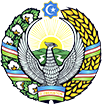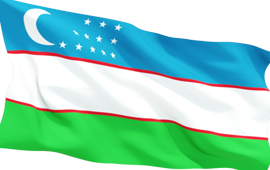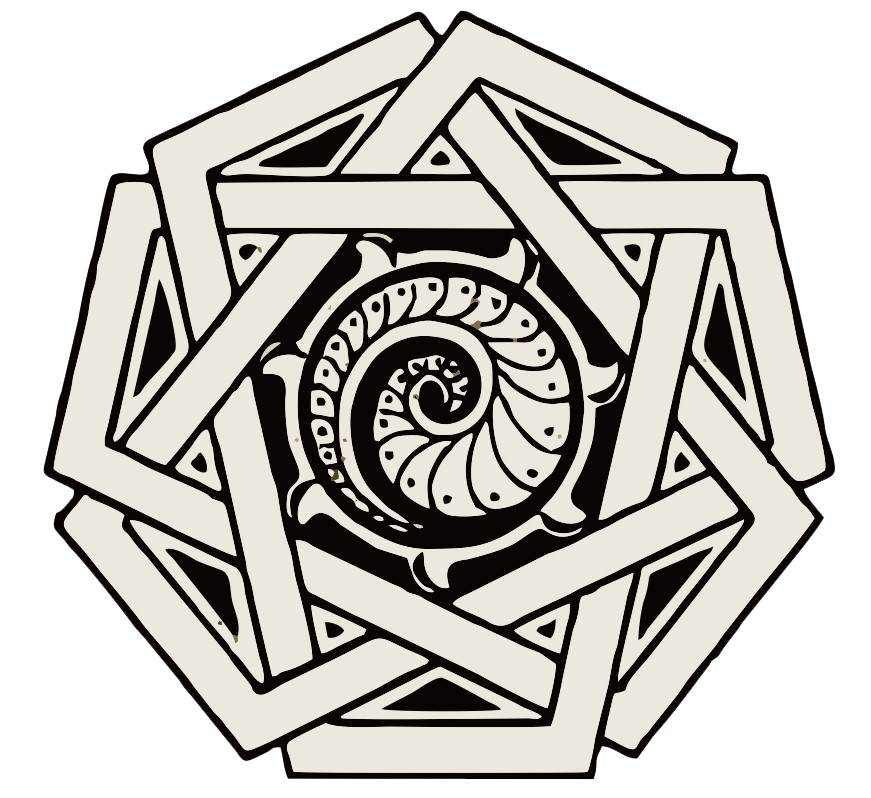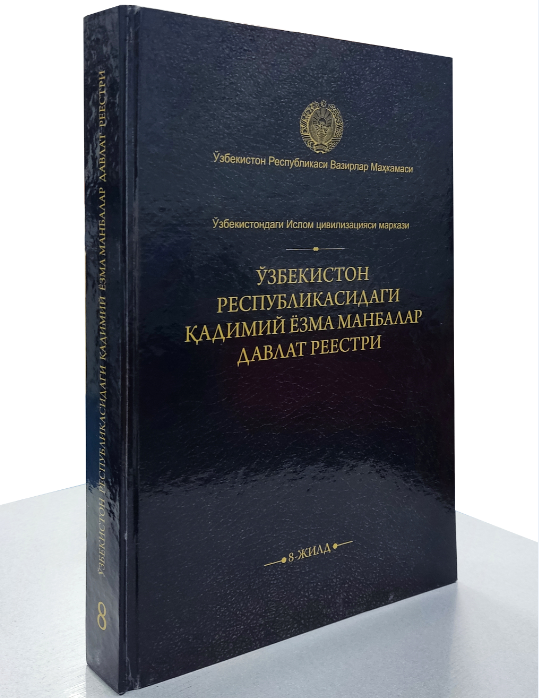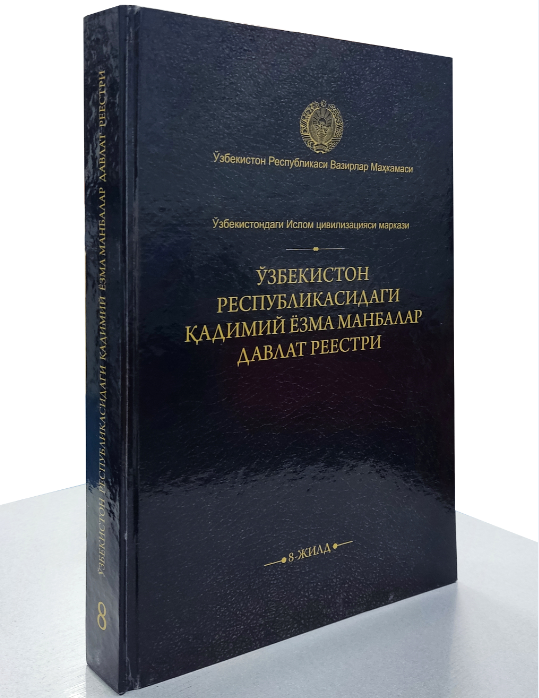The Timurids Empire was founded by the great Sahibkiran Amir Temur. The Eastern Renaissance was the result of a policy of special care for clergy, priests, scholars, architects, poets, artists, and a policy aimed at ensuring stability in the kingdom. The ground was laid for him. In the state of Amir Temur, handicrafts developed at a high level, and one of the most important handicrafts was textiles. The demand for textile products for the urban, rural and general population of the kingdom was high. Many high-quality, elegant, rough, colorful, embroidered fabrics of cotton, silk, hemp and wool were woven by local artisans. Based on the requirements of the time, carbos (ice), embroidered cotton fabrics, woven with soft threads, colored semi-silk scarves, coarse and woven fabrics made of hemp fiber were woven from white, green, blue, red, purple, dyed yarns..The Timurid dynasty, which had a rich tradition of handicrafts, had a high level of textile art.Velvet was popular and in great demand in other countries. KamoliddinBehzod’s miniature works depicting every element of the culture of the Timurid dynasty, the plasticity of the fabric, the color scheme, looking at the plot and the heroes, depicting art in the life of the palace.Designers pay close attention to every detail of the costumes of performers, servants and craftsmen. While the scenes of palace life depicted in the miniatures are focused on the costumes of the participants, the shape and decorative solution differed, and the presence of social classes in this period was reflected in the costumes. Of course, the dress of the ladies of the palace is elegant, rich in ornaments, long-sleeved, in contrast to the servants, the dress is modest, without extravagance. The fabrics woven by the master craftsmen of the kingdom were woven in a commercial way, taking into account the needs of different social strata. During this period, the cheapest «carbos» fabric was widely used in the underwear and outerwear of working people and livestock, as well as in the lining of outerwear.. «Targon» fabrics made of hemp, «katon» and flax stalks were known for their durability compared to other fabrics. From them are sewn luxurious coats called «jamikatoniy», drum coats decorated with precious stones. Soft silk fab- rics woven by local master craftsmen, men’s turbans, futa belts and noble youth clothes. Along with the silk fabric woven from local silk, expensive, attractive fabrics imported from abroad were used to sew women’s clothing. According to the written sources, along with kimkhob, semi-silk banoras and velvet, the names of silk fabrics such as attractive shining “khoro”, elegant and embroidered “debo” are mentioned.. The red and blue velvet silk dresses are embroidered with elegant, elegant dresses. The courtiers and the wealthy, the wealthy, wore embroidered tops embroidered with gold embroidery. Historical commentary shows that the dress culture of the Uzbek people has centuries-old traditions. However, until the XVI–XVII centuries, the traditional clothes of our people did not have clear local features. The originality of the traditional costumes of the peoples of Uzbekistan in different regions, cities and villages began to manifest itself during the Uzbek khanate. We tried to show the peculiarities of Uzbek traditional clothes in the main sections of our book-album.
Kuzieva Malika History of Uzbek National Dress of the Khanate Period
